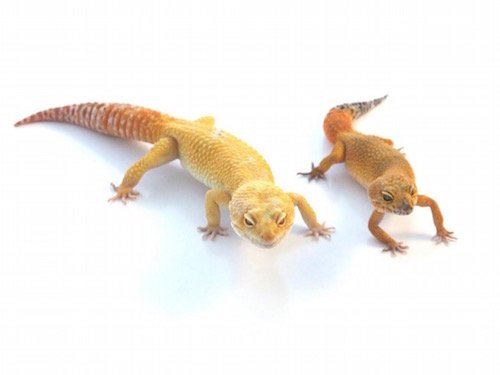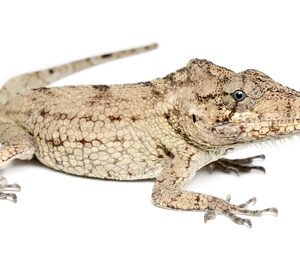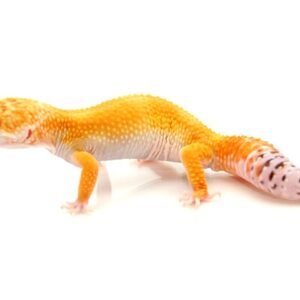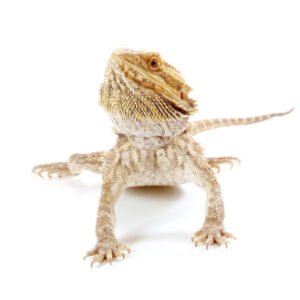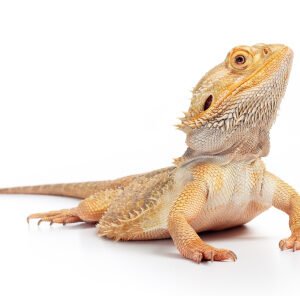Understanding the Super Giant Leopard Gecko
super giant leopard gecko ,The Super Giant Leopard Gecko, scientifically known as Eublepharis macularius, represents one of the most remarkable varieties in the leopard gecko family. Originating from the arid regions of Afghanistan, Pakistan, and northern India, these geckos have adapted to survive in harsh environments characterized by rocky terrains and sparse vegetation. In the wild, their coloration serves as an effective camouflage amidst the rocky substrate, aiding in their survival by evading predators.
Physically, the Super Giant Leopard Gecko is notable for its impressive size, often reaching lengths of up to 11 to 14 inches when fully matured. This gecko’s mass sets it apart from standard leopard geckos, which typically measure around 7 to 10 inches. Their stout bodies are complemented by a wide head, distinctive skin texture, and robust limbs, all contributing to their majestic appearance. The coloration of these geckos varies widely, ranging from classic yellow and black patterns to extraordinary hues of white, blue, and even lavender. This diversity results from selective breeding practices aimed at producing visually stunning pets, which has significantly increased their popularity in the pet trade.
The genetics behind the extraordinary size of the Super Giant Leopard Gecko is a product of deliberate breeding efforts. Breeders utilize specific lineages known for their larger-than-average offspring, enhancing these traits over generations. Ethically, this practice remains a concern, as some breeding methods may lead to health issues in the animals. Responsible breeders ensure genetic diversity to minimize health risks and promote the well-being of these reptiles. In contrast to their natural habitats, which can be rugged and dangerous, the domesticated environments provided by enthusiasts often focus on replicating the gecko’s natural conditions, adding elements such as heat sources, substrate for burrowing, and controlled humidity levels.
Caring for Your Super Giant Leopard Gecko
Proper care for a Super Giant Leopard Gecko is essential to ensure that these remarkable reptiles thrive in captivity. Understanding their dietary needs is a foundational aspect of their care. These geckos are primarily insectivores, meaning their diet should consist mostly of live insects such as crickets, mealworms, and roaches. Adults should be fed a variety of these insects, ideally in sizes that are roughly the same width as the gecko’s head. It’s important to supplement their diet with calcium and vitamins to promote healthy growth and prevent metabolic bone disease.
Creating a suitable habitat is also vital. A terrarium of at least 40 gallons is recommended for adult Super Giant Leopard Geckos, with a secure escape-proof lid. The enclosures should be equipped with a substrate that promotes burrowing—options like reptile carpet or paper towels are preferred over sand, which may lead to impaction. Temperature plays a crucial role in their well-being, with a gradient from 85°F to 95°F on the warm side, and around 75°F to 80°F on the cooler side. Additionally, providing a hiding space is essential, as these geckos often seek shelter to feel secure.
Humidity levels should be maintained between 30% and 40%, which can be achieved through regular misting and a shallow water dish. Routine health checks are crucial to catch any potential health issues early. Common health concerns include respiratory infections, parasites, and shedding problems. Monitoring your gecko’s appetite, weight, and overall behavior can offer significant clues about their health status. By establishing a clean living environment and adhering to these care guidelines, you can create a stimulating and healthy atmosphere for your Super Giant Leopard Gecko, enhancing their quality of life throughout their lifespan.

